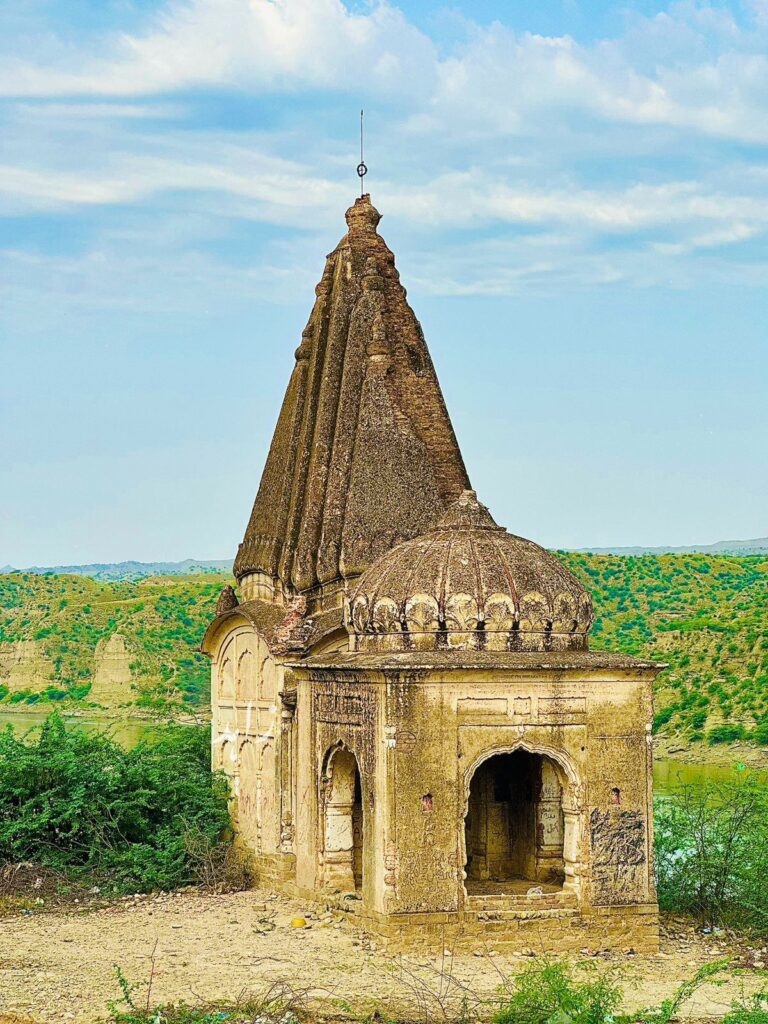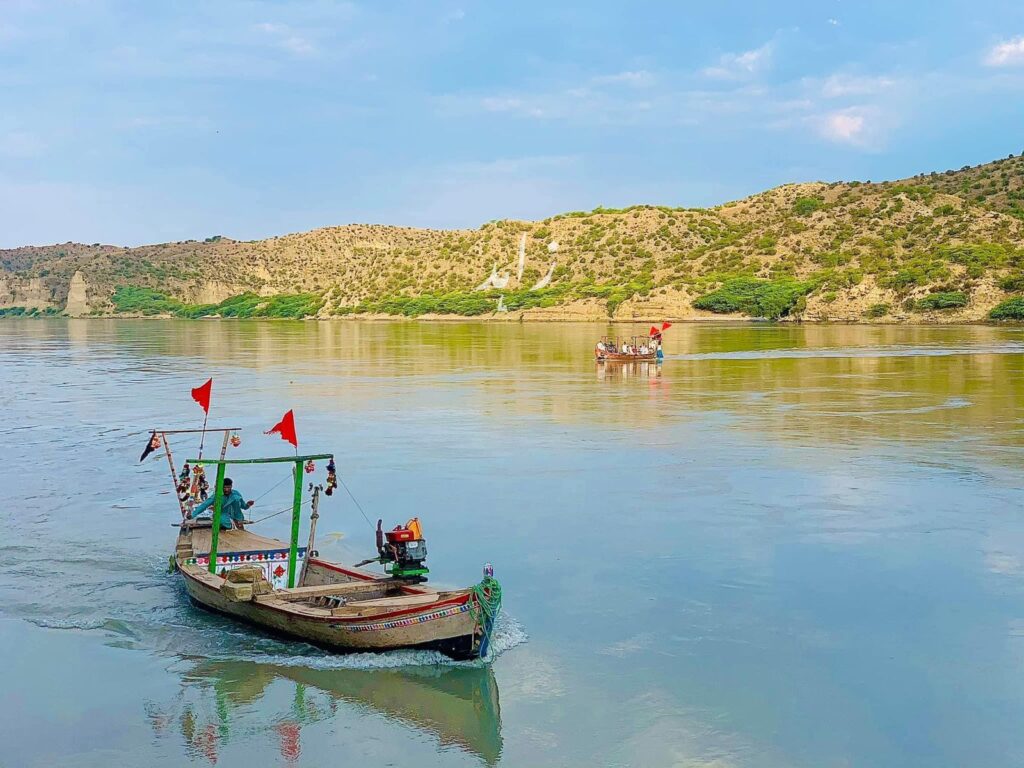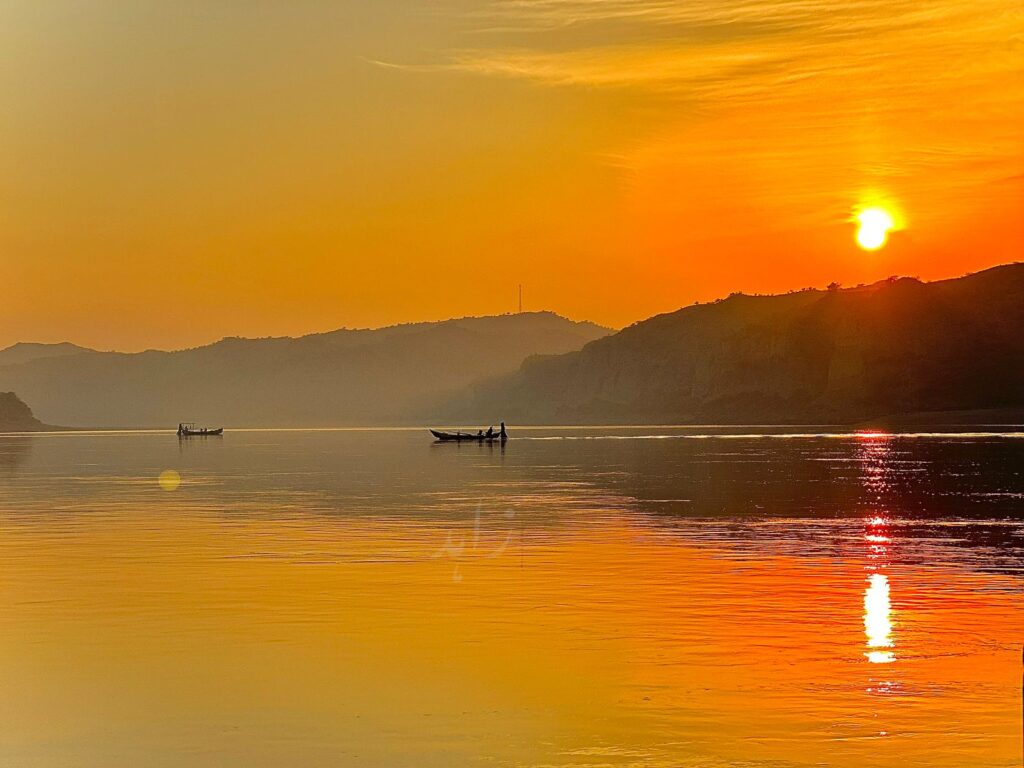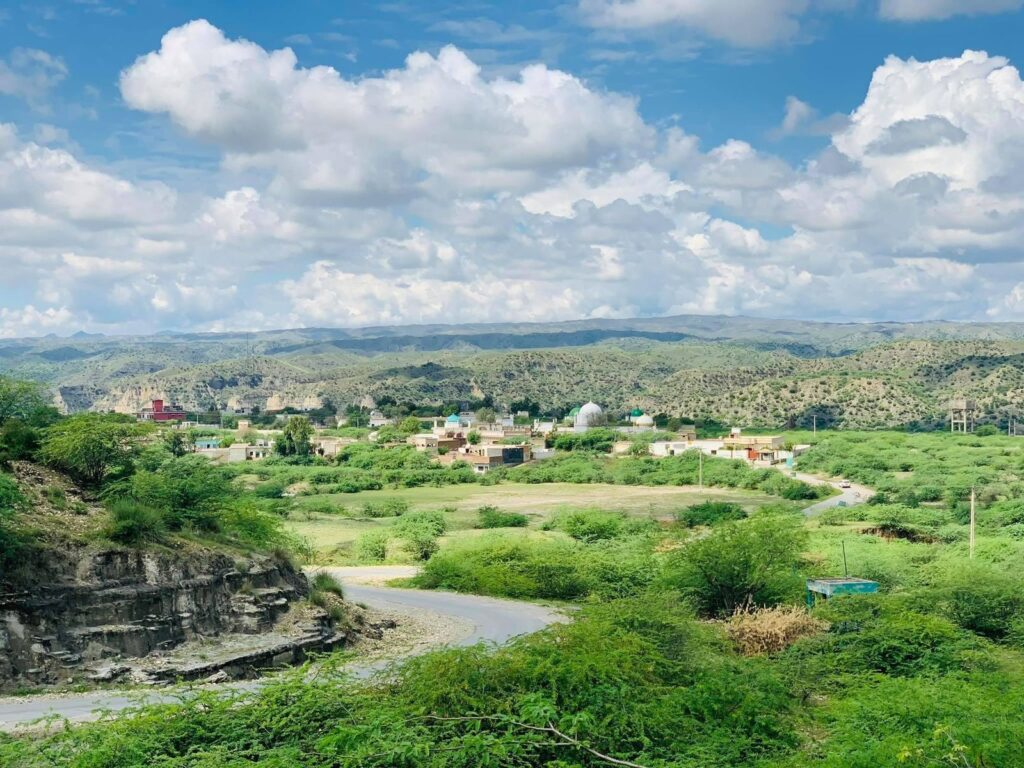About
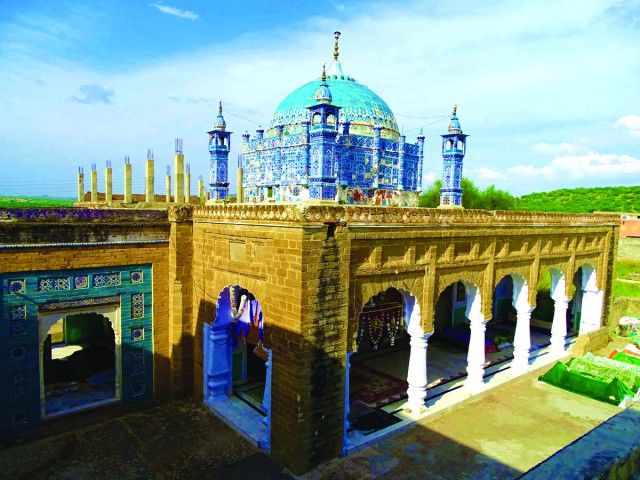
Makhad History
Mukhad is a Pashto word which means ‘my sloping and rocky hilly area”. (Charles C. Trench, “The Frontier Scouts, p284) Another tradition holds that Makhad may be localized form of “Mashhad” (Arabic) which literally means having lots of graves and masoleums and in fact, Makhad has plenty of them. Ancient Makhad was located on a hill named “Makhad Ser” which is on the western side of river Indus in front of the present day location on the other side (Eastern) of river Indus. The ruins of the old city still exist and are known as “Zara Mukhad” which means old Mukhad. During the British era a steamer by the name of “Indus Flotila” used to carry goods and cargo between Rohri (Sind) and Mukhad. This mode of trnsportation was later replaced by the arrival of Railways. In 1881, the popilation of Mukhad was 4195 among whom 3635 were muslims and 560, hindus. Most of the populatio comprised of Pirachas (central Asian cloth traders), Saghri Khattaks, Bangi Khels,Awans and Niazis. Most Prachas have left in searh of better prospects to big cities. Their housesand mansions built with a unique artistic architure, diplaying exquisite stone and wood craftsmanship, are locked and are in a dilpitated condition. Once a thriving trade and commerce centre, this ancient town has lost its importance and significance and may be totally lost in case Kalabagh Dam is built and with it the ancient history ends till a new Mukhad is built at a new place. Following is an exract from Central Asia,a book by Lt. Col CM Mack published in 1873. Introducing Mukhad, it goes: ”The twon of Mukhad is located on the left bank of river Indus. Its It’s 97.5 miles in the south west of Rawalpindi, 19.5 miles in the south east of Shakardara, 47 miles in the south east of Kohat (via Bangali Ser) and about 27 miles north east of Kalabgh. It is located 18 miles upsrteam the Indus from Kalabagh and 36 miles downstream from Khushal Garh. This town is located on the slpoing hilly rocks of sandstone through which the mighty Indus flows. Houses are built from the highest slopes located right upto the edge of Indus near Mukhad Nala. Old Mukhad, whose remains are still seen, is located above Sobhan (a hill) on the right side of the river. Most probably this town was rebuilt in the beginning of 18th century at its preset location. Initially, it had a wall around it which kept it limited but united. Some Pillar and wooden beams still display the old town gate and remains of a wall are visble in the south west of the town. On the confluence of river Indus and Makhad nala, the ruins of the old fort still exist. The oldest house settlment are limited surrounded by the wall, while the later housing was built on the slopes in the north and north east and is still going on.
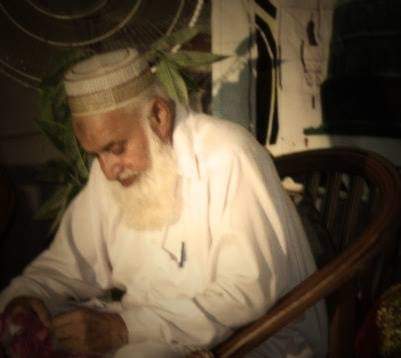
The construction of houses in Mukhad is haphazard with varying heights. Most of the houses have double stories and the streets have only closed walls. Uneven earthen stairs lead to the secpnd floor usually from outside the house. Most of the houses are made with bricks (Infact only one house was built with bricks known as 'Mari' and the ones living in that house were known as 'Mari wale', however all the rest of the houses were built of stones) Veranda pillars, windows, doors and balconies are all decorated with impressive wood carving. Waste water of the town goes to Indus through sloping passages. The houses close to river are uneven and disorderly. The foundation of the houses is laid with stones and lime stones in the sandy hill between 20 to 40 feet above the river water level. In 1837 and 1858 floods the river water drowned some houses as it rose quite high. The market of Mukhad is just four feet wide and slantingly passes through the town. The road leading to Jand lies in the north east of the town. A road along the east side of the road goes down south through the Mukhad Nal and reaches the jetty of the Indus Flotila. This jetty is about 300 feet long and 8 feet wide and starts at the confluence of Mukhad Nala and river Indus and stretches to the banyan tree near the water surface. Mukhad is divided into different neighborhoods and its inhabitants have different vocations. There are many Hindu traders along with around a hunderd Muslim Piracha houses. Pirachas trade with central Asia. There are many carpenters famous for their wood carving work. such wood is extensively used to decorate homes and shrines. There are three famous and highly revered shrines here that the names of Mian Molvi, Shah Muhammad Ghous and Pir Adil Shah. On the higher rocky plain ground in the north west of the town are a school, police station, a dak bungalow and a government inn. Number of boats in Mukhad is about 40, half of which are mostly away and the other half are in the docks. They can carry 450 to 600 monds of weight and their price ranges between six to nine hundred rupees. The local trade is on a very small scale and the only significant trade is the carriage of woods for burning purpose to Kalabagh regularly. There are a few orchards and fields beside the Mukhad nala mostly growing vegetables. Fenugreek (methi) of Mukhad is very popular, rather the town became famous for such excellent variety of Fenugreek. its leaves are plucked and then dried. The older it gets the better become its unique flavor and scent. This 'methi' finds its way to the markets of Peshawar and Kabul as well. The orchards mostly consist of grapes, small apples and mulberries. Berries are the most popular fruit of Mukhad. These are dried and sold in huge quantities. Berries are also grown in Nara, Tipi and Shakardara and are an important part of the local diet. The two famous types are 'badu' and 'rakwan'.
